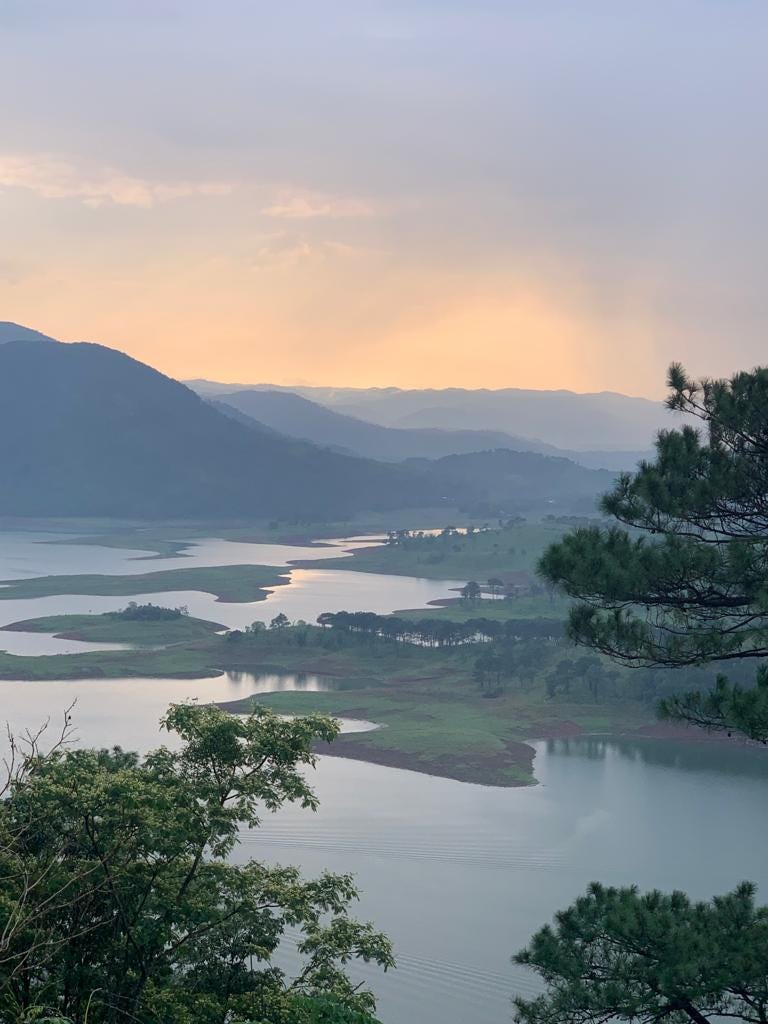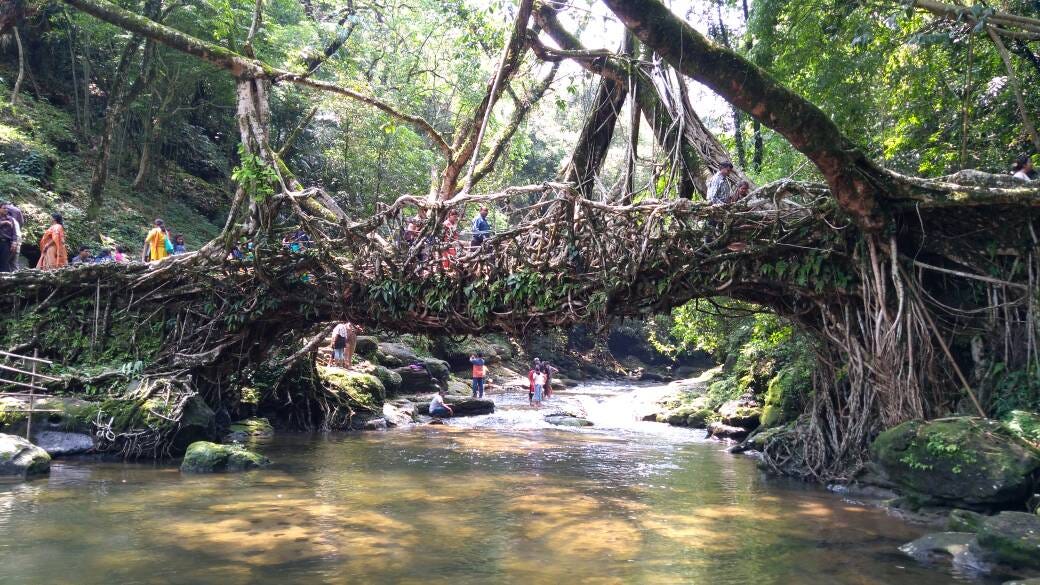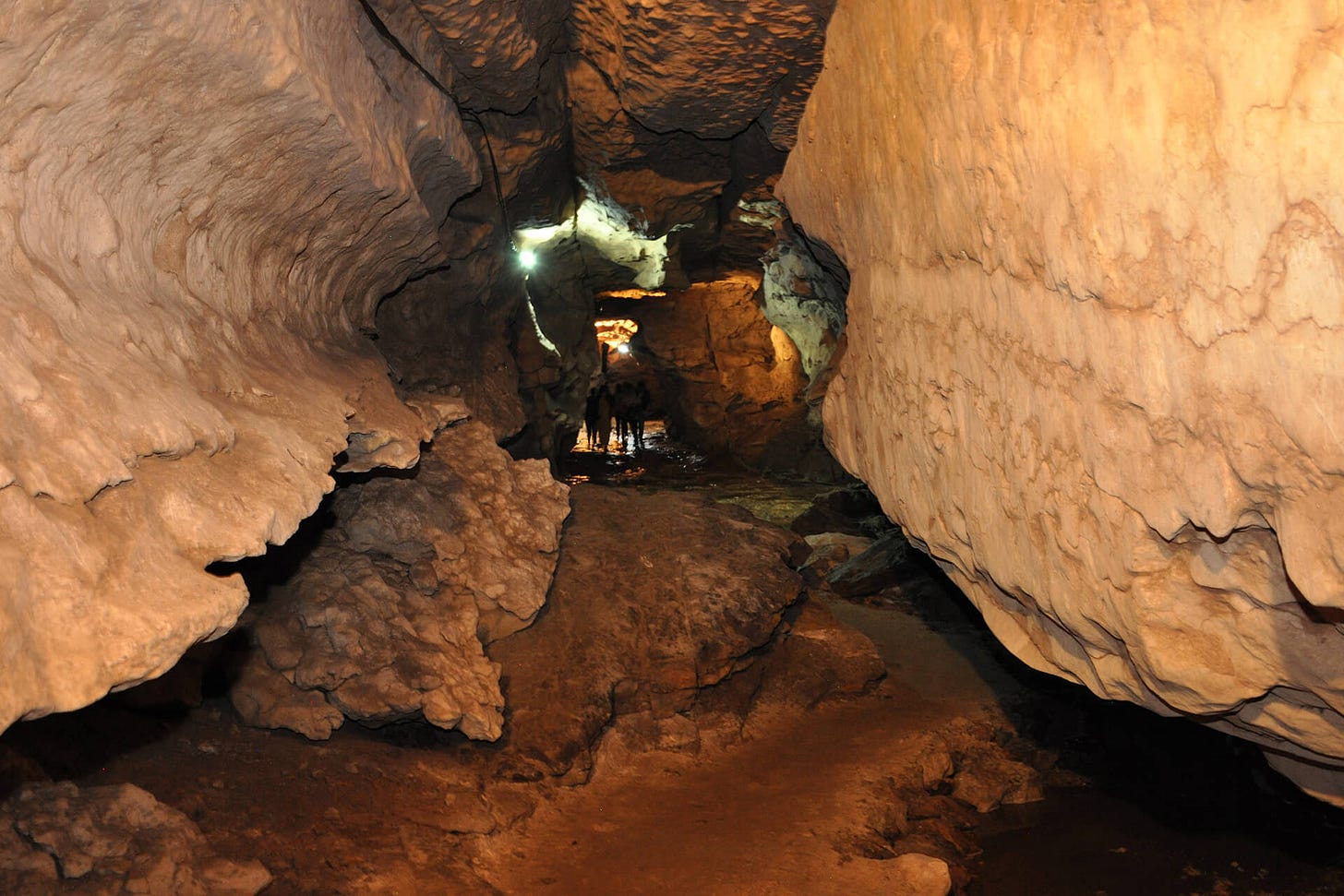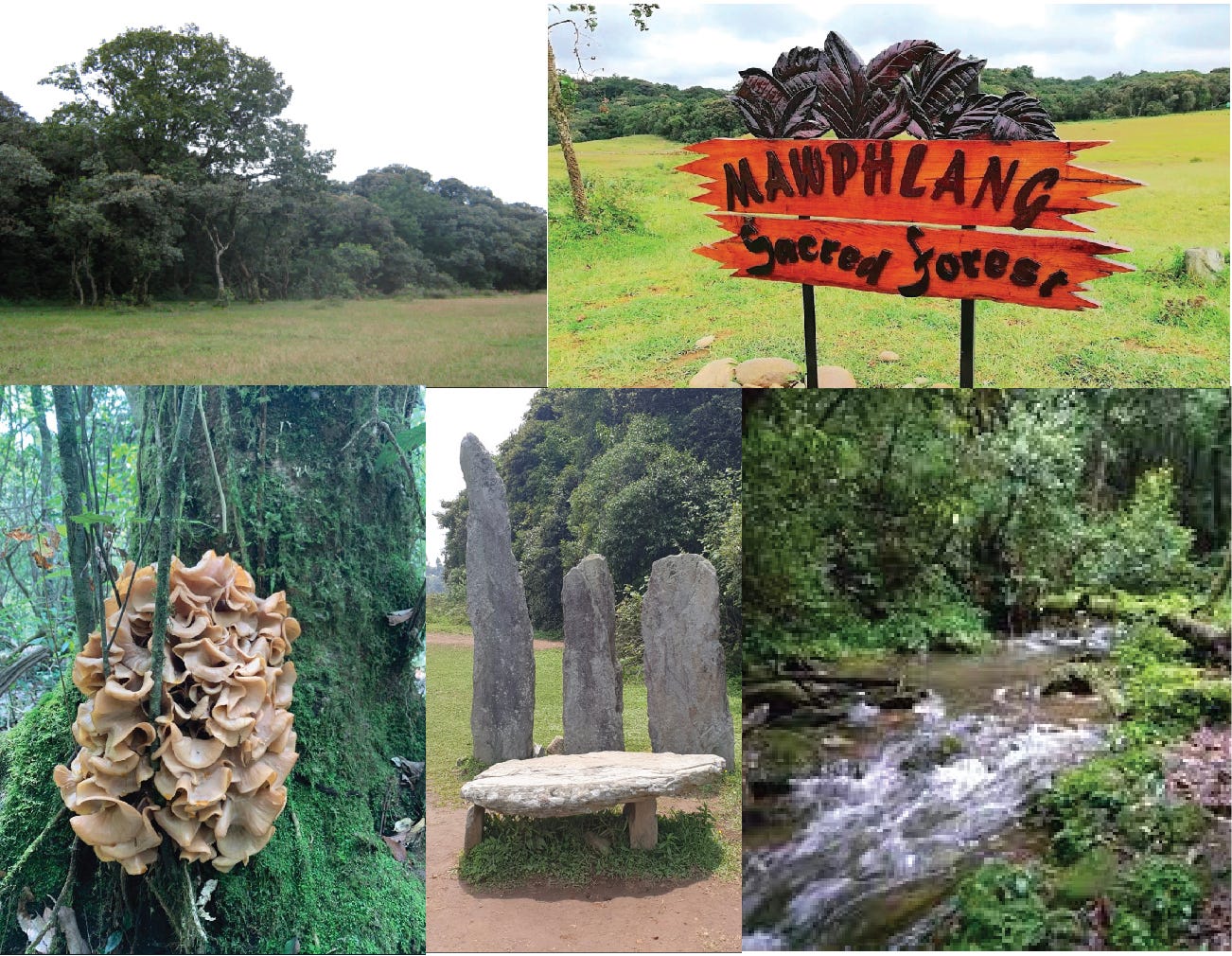Dear Readers,
In FC 99 I wrote about ‘saving it for a rainy day’ and I am indeed delighted with the readership and the very interesting comments that many of you posted.
At the end of FC 99 a typo crept in. I said FC 1000 will be my last post. I meant FC 100. Some readers like Niharika who eagerly pointed this out hoped and wished for the typo to come true. SG Murali made a tongue in cheek comment that FC 1000 would mean another 900 posts, and they would be done and dusted by 2040!!
Ashvini suggests that we find ways to beat the ‘rainy day’. He says: “Rainy days are indeed all about unexpected occurrences and unforeseen circumstances. And therefore the need for a nest egg. But how big should that egg be? There is no telling. Given the vagaries of life, rising cost of living and cost of medical care, it defies all forecast and speculation. While there is no denying money is important, it is equally or even more important that you put off the Rainy Day! Invest in good health. The best investment you can ever make. Become conscious of your diet and exercise. Besides saving you money, good health will help you live life on your own terms.”
Tarun to some extent echoes the same sentiments when he says: “Stay gainfully engaged as long as physically and mentally possible… vulnerability to the rainy day will dramatically reduce. Inflation makes holes in your umbrella. So we must use the salt and pepper in our hair (wisdom) to continue to factor in the rising costs.”
Dr.Naina writes: “Your post reminded me of the Pigmy deposit scheme of Syndicate Bank, intended to promote a culture of saving among people in the unorganised sector. The Pigmy collector went to their place of work/home every day and collected whatever little they would like to put by for a rainy day.”
Naina, you took me down memory lane when you spoke of Pigmy deposits. As a struggling lawyer I used to daily give the Pigmy collector Rs.5 and would feel exhilarated (and a bit rich too) when it reached Rs.500!!Shahji says: “Warren Buffett’s advice is very apt and good for the subject of saving for a rainy day. I remember his one of his many quotes where he says that you don't need to stay in a big house or travel in a big car.”
🌄 Taking to the Hills
I have taken to the hills.
The idiom actually means to run away or escape from something that’s troublesome. Apparently, people took recourse to the hills in the wake of an earthquake or floods. The idiom is ordinarily used to symbolise running away from something that’s disconcerting. I took to the hills of Shillong with my better half to escape from the hustle and bustle of Namma Bengaluru for a few days. For this 100th edition of FC, I’d like to share a small travelogue of our experiences in this beautiful region.
The three hour Vistara flight to Guwahati was quite smooth, and the expected turbulence was missing. As we hit the road to Shillong, along the way we came to a four lane stretch where our side of the road was Meghalaya and the other side was Assam. Befittingly, that stretch is called Friendship Road.
En route, we stopped at a large water body called ‘Bada Pani’. This is a man-made lake also called Umiam Lake. The view is indeed breathtaking.
We reached our lodging, Apsara Guest House (not heavenly but quite earthy, clean and spartan), and our very dear friend Denzil was waiting for us to plan our excursions and be our guide all through.
On the 25th, after breakfast, we set out towards The Living Root Bridge. It is a fascinating structure formed by the intertwining of the roots of the rubber trees. Living root bridges in the area are grown and created by the Khasi and Jaintia tribes, and help form pathways over streams in dense jungle areas. The Living Root Bridge in Meghalaya is recognized as a UNESCO World Heritage Site.
We then headed out to see the Mawlynnong — the cleanest village in all of Asia, also known as God’s Own Garden. It was indeed very clean and green, but largely because it is a gated community and more than half of the houses are converted into Homestays.
We saw the ‘Balancing Rock’ — a huge rock atop a smaller rock. Quite interesting when you realise it is a natural formation and not man made!
Speaking of incredible natural formations, we also had the pleasure of seeing the Borhill waterfall, a three-tiered waterfall that is quite spectacular to take in. We then drove towards Dawki town that abuts the Bangladesh Border. The long fence separating the two countries can be clearly seen. Sandwiched between India and Bangladesh, Dawki is a major centre of trade between India and Bangladesh. The small town, besides being a trade hub, is also famous for its tourism scene, with many people flocking to the city in order to experience a boat ride in its famed Umngot River and enjoy the nearby sights. There is also a decent sized sand patch which is referred to as Pebble Beach.
On the 26th we covered the Elephant Falls, the Arwah caves and the wettest place Cherrapunji. On the way, we stopped to see enthusiastic tourists lining up for the experience of Zip Lining. We, however, bypassed this particular adventure for other sights.
The Khasi name for Elephant Falls is Kshaid-Lai-Pateng, which roughly refers to the three levels over which the water plunges. The name is rather misleading today – the elephant-shaped rock after which it was named by the British was destroyed in an earthquake more than a hundred years ago.
Located in Sohra, the Arwah Cave is known for its limestone structures and stalagmite and stalactite formations which are believed to be millions of years old and are naturally carved. It houses many narrow passages and chambers, as well as a stream that flows inside the cave. Arwah Lumshynna Cave is a huge cave surrounded by the thick forest of Law Shynna and very large. The Arwah Cave is a relatively new discovery and Is one of the “must-see” attractions. The Arwah Cave is a huge cave, but only a small part of it has been opened for the tourists. There are excellent rock formations and even small holes which lead to other parts of the cave.
On the 27th we went to the sacred forest of Mawphlang which has generated quite a number of legends and stories over the years. It is one of the most sacred forests of the Khasi people. There is a simple rule that the local folks follow about the forest, ‘Nothing goes out of this forest.’ Now you might be thinking, that’s incredulous to say the least. You might wonder what would happen if you sneaked out a dead log or dead leaf. Surely nothing is going to happen. The legends say that you couldn’t be more wrong. Anybody who dares take anything out of the forest mysteriously falls ill, which at times may even turn fatal.
There is an amazing story regarding the forest and the Indian army. The lore states that in the year 1970, the Indian army tried to take out logs for construction, ignoring the warnings of the local villagers. But in spite of several attempts, the truck which was supposed to carry out the logs refused to start. And after some futile attempts, the army had to give up. Since then, the legend took on a very strong base as nobody even dared to ignore the same after seeing its effects first-hand. The few attractions in the sacred forest are the picturesque forest trail, monoliths, mysticism, Labasa, the deity of the forest & The David Scott Trail. We then visited the Don Bosco Museum, which had a lot to offer. I would highly recommend you visit if you’re in the area. Please use this link to know more.https://www.meghalayatourism.in/destinations/don-bosco-museum/
We concluded our tour with a visit to the Ward’s Lake in the heart of the city. Ward’s Lake is among the popular tourist attractions of Shillong — a must-visit. It is also known as Pollock’s Lake (Nan Polok) because of a popular engineer during the per-independence era and is said to be around a 100 years old. The establishment of this lake was planned by the then Chief Commissioner of Assam, Sir William Ward. It was constructed by Colonel Hopkins in the year 1894. It lies in the middle of the city of Shillong, and the lake is surrounded by a lush garden with flower beds and cobblestone footpaths, and is home to a mesmerizing fountain. There is a wooden bridge in the middle of the lake where one can even feed the fish in the lake. Visitors can also experience boating or enjoy a variety of refreshments and beverages. It is equally popular amidst locals and vacationers.
All good things have to come to an end. So long, Shillong! On the 28th we took the Vistara flight from Guwahati to Bengaluru and sat down to complete FC 100 which is a tad longer than usual. I hope you found this travelogue interesting. Please include Meghalaya in your bucket list — I would say it is definitely worth it!.
My dearest readers, you have been a source of encouragement and inspiration for nearly two years. I am taking a break as I need to stock up the coffee beans to serve up freshly brewed Filter Coffee. I hope to be able to resume by end August 2022. Until then, Au Revoir.
With Much Love & Regards,
Pras









Amazing Pras!! I cherished your FC posts which were very useful and interesting readings!! Look forward to next 100 in times to come!
Relished your FC-Century cuppa and was reminded of the lovely movie “ The Sound of Music “ where Julie Andrews goes to the hills leaving her nunnery for a break and sings “The hills are alive with the Sound of music , with songs they have sung for a thousand years .
You surely deserve a good long coffee - break and am sure will come up with much stronger and refreshing FCs post your well deserved and earned break ! Have a great and safe holiday !